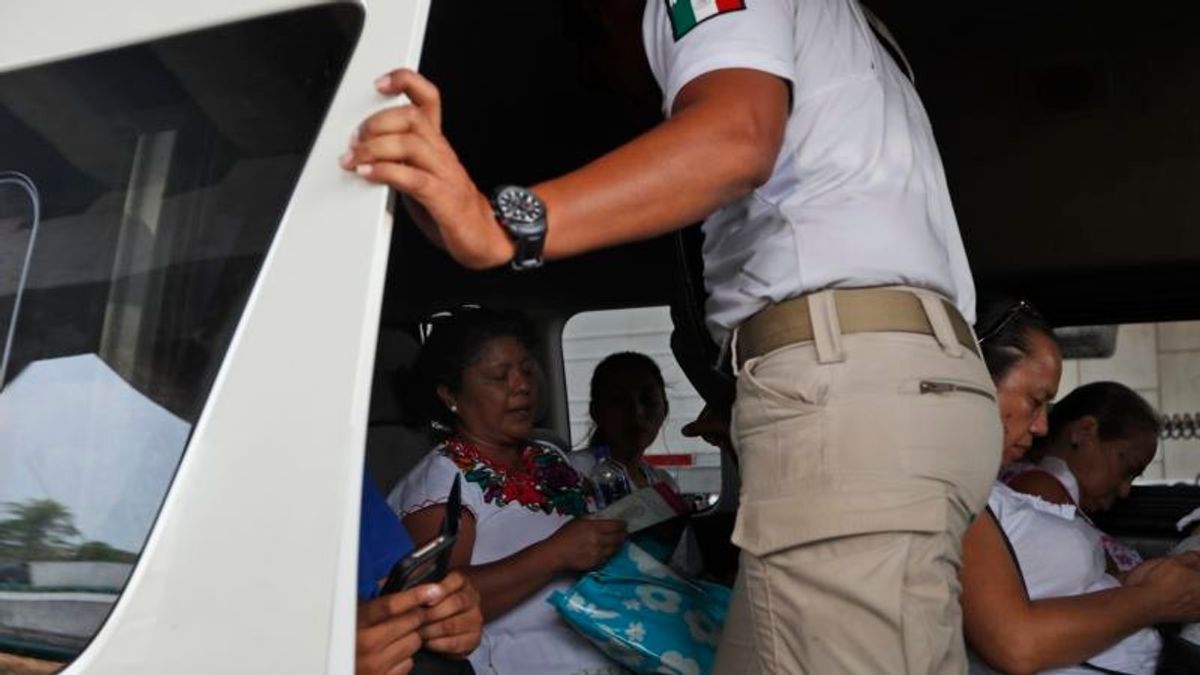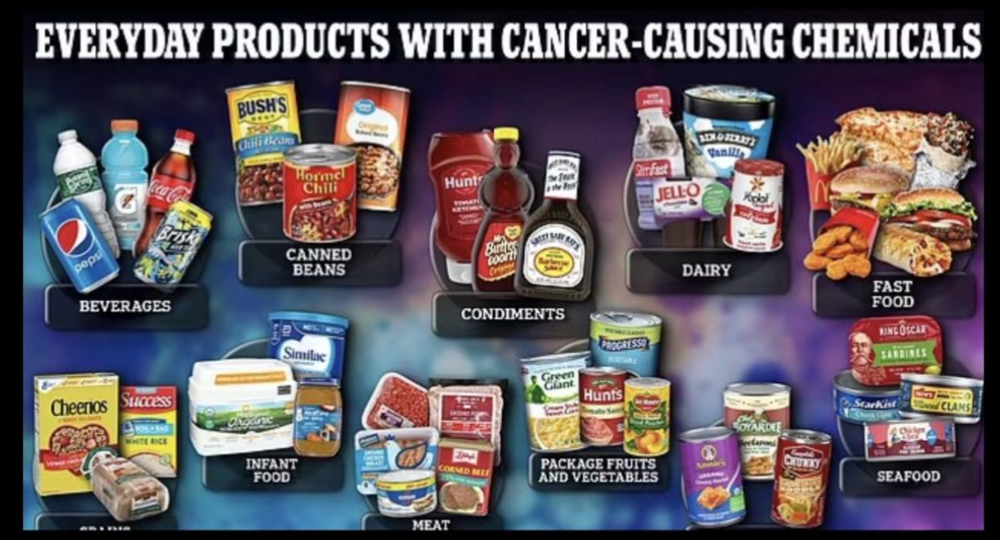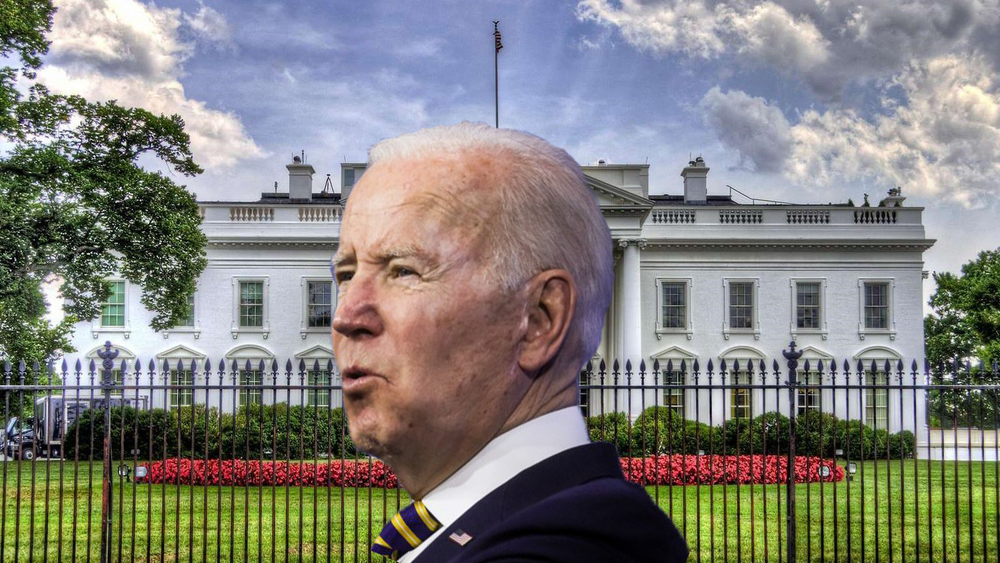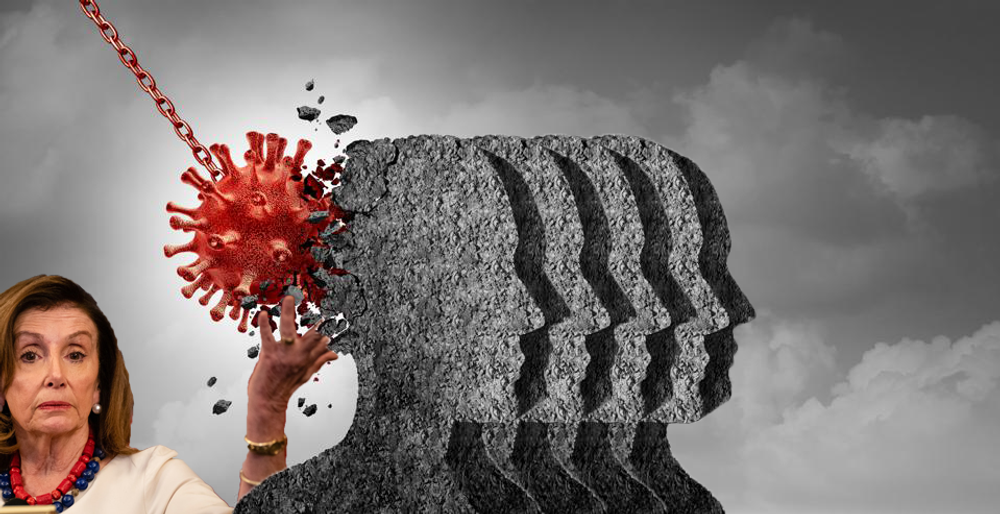
A Look at Mexican Efforts to Stem Tide of Migrants
A Look at Mexican Efforts to Stem Tide of Migrants

MEXICO CITY —
President Donald Trump says he's imposing tariffs on all goods from Mexico until the country stops the flow of undocumented migrants from Central America who cross its territory and enter the United States. Trump tweeted Friday that Mexico “can easily fix this problem. Time for them to finally do what must be done!'' Here's a look at what Mexico has done so far:
The problem
In the first three months of 2019, as many as 300,000 migrants — mostly from Honduras, Guatemala and El Salvador — crossed through Mexico to reach the United States. Many were families with children, who cannot be detained for long in the United States.

How did Mexico's new president look at immigration?
Andres Manuel Lopez Obrador took office on Dec. 1, intending to reduce migration by addressing its root causes: joblessness, poverty and violence in such countries as Honduras, El Salvador and Guatemala. He proposed creating a plan to develop the economies of Central America and southern Mexico, while creating humanitarian and work visas so that Central American migrants could stay in Mexico instead of heading to the U.S.
Did that cause a spike in migration?
The biggest drivers of the migrant exodus were in place before Lopez Obrador took office, and the first massive caravan of migrants formed last year, months before he took office. The caravans came about after tens of thousands of poor Central Americans decided they were a safer option than paying smugglers. New immigration routes for Cubans, Haitians and people from Africa also had opened up through Central America. Lopez Obrador's offers of visas may have made it easier or safer to cross Mexico, but probably didn't play a key role in most people's decision to leave their home countries.
What changed in Mexico?
A first huge caravan of migrants crossed Mexico headed for the U.S. border in November, before Lopez Obrador took office. The arrival of over 10,000 migrants taxed border facilities and angered Mexicans living in border cities. In January, another caravan crossed Mexico. By the time the third formed in April, it was clear that Mexico could no longer maintain an open-door policy.
In April, the United States began slowing border crossings by reassigning border inspection personnel to deal with the influx of migrants already inside the United States. That started hurting Mexico's economy, especially as time-sensitive shipments were held up at the border. Separately, migrants began forcing their way across the border with Guatemala, overwhelming border forces and sometimes refusing to register once they arrived.

Did U.S. pressure affect Mexican policy?
The border crossing slowdown in April and repeated threats by Trump to close the border or impose tariffs have played a role in changing Mexico's policies. But Mexicans' attitudes are also shifting. Increasingly, many Mexicans see large-scale movement of migrants across their country as a threat to their own safety and economy.
Has Mexico helped the U.S. at all?
Mexico is only bound to take in its own citizens when the U.S. expels people at border crossings, and has traditionally refused to take in people from other countries. But starting in late January, Mexico has allowed the United States to return over 6,748 Central Americans to Mexican border cities as they wait to hear about their U.S. asylum claims. The Remain in Mexico policy, as it is known, is meant to reduce the attractiveness of U.S. asylum requests that in the past had allowed claimants to remain in the United States for years as their cases wound their way through the courts.
Has Mexico done more to limit migration?
Mexico staged one of its first large-scale raids on a migrant caravan in April, detaining 371 people on a highway in the southern state of Chiapas. At the same time, Mexico announced that it would no longer grant humanitarian visas at the border with Guatemala after 15,000 people applied in the course of a few weeks. Instead, Mexico encouraged potential migrants to apply for such visas at Mexican consulates in Honduras, El Salvador and Guatemala.
Humanitarian visas are still being issued for migrants already in Mexico, but at a very slow pace. Work visas are now limited to only a few southern border states in Mexico where wages are low and few migrants want to stay. When migrants began to hop freight trains toward the U.S. border, as they did in past decades, Mexico started police raids on the train. When Lopez Obrador took office, detentions of migrants were relatively low, with 5,884 migrants deported in January. By the end of May, the figure had risen to 15,654.

Why don't migrants ask for asylum in Mexico?
Some do. There have been over 18,000 requests for asylum filed in Mexico in the first four months of 2019, several times the levels of a few years ago. But many migrants say they either don't feel safe in Mexico, or they want to join relatives already in the United States. Many want to earn more money than is possible in Mexico.
Has Mexico yielded to U.S. immigration pressure in the past?
During a previous surge in unaccompanied minors at the U.S. border in 2014, Mexico's president at the time, Enrique Pena Nieto, tightened security at Mexico's porous southern border, including immigration checkpoints and raids on freight trains used by the migrants.









